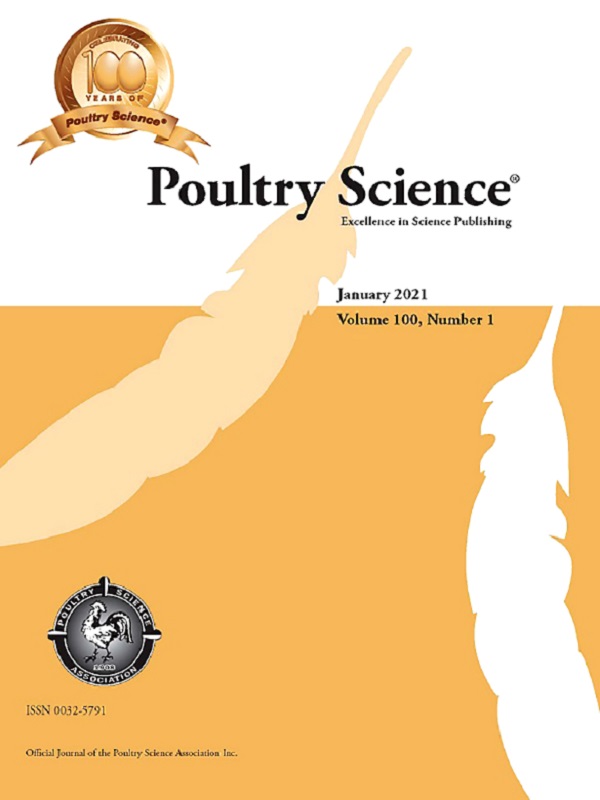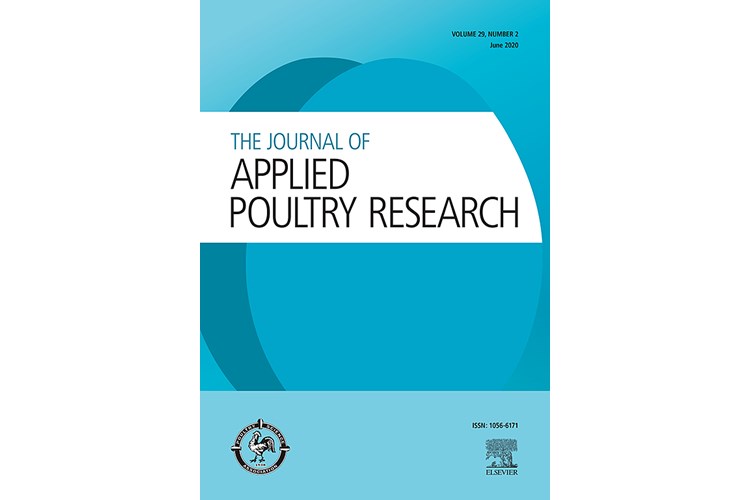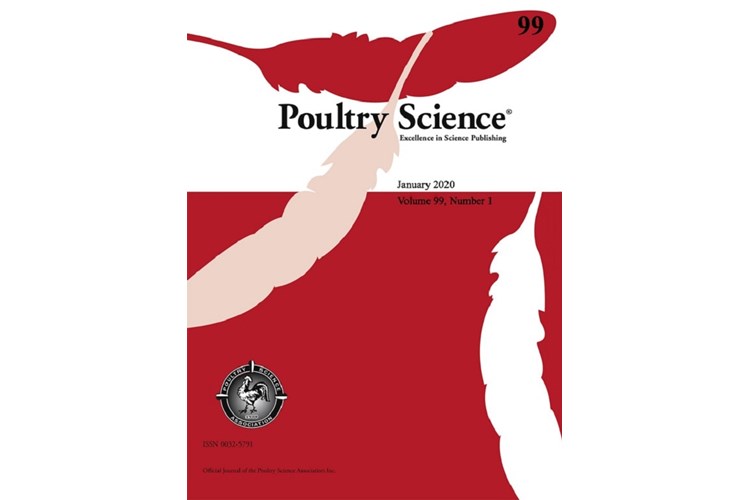

Підвищення продуктивності бройлерів
Коли тварину можна ефективно відгодовувати, зберігаючи при цьому її хороше здоров’я, це позитивно впливає як на продуктивність, так і на прибутковість. Оскільки на витрати на корм припадає більша частина загальних витрат власника тваринницької ферми, вирішальне значення має забезпечення оптимального засвоєння поживних речовин, що є запорукою росту. Втрати поживних речовин, необхідних для інших фізіологічних процесів, суттєво впливають на ефективність виробництва.

Управління кормами та водою для бройлерів
Вода — найважливіша поживна речовина для бройлерів. Поживна якість корму, його безпека і форма подачі — усе це відіграє вирішальну роль у забезпеченні здорового та регульованого засвоєння корму. Важливою є відмінна мікробна та хімічна якість води, оскільки бройлери споживають удвічі більше води, ніж корму. Вода — ключовий чинник терморегуляції та носій добавок, таких як лікарські препарати, харчові добавки тощо.

Антимікробна резистентність у бройлерів
Зменшення залежності від антимікробних засобів має вирішальне значення для успішного подолання проблеми антибіотикорезистентності. Завдяки обмеженому використанню профілактичних антибіотиків життєво важливі антибіотики залишаються ефективними тоді, коли вони необхідні для підтримки як здоров’я бройлера, так і здоров’я людини. Акцент на цьому питанні ще більше посилюється через зростання попиту на м’ясо бройлерів без антибіотиків, що стало результатом підвищення обізнаності про відповідні ризики.



